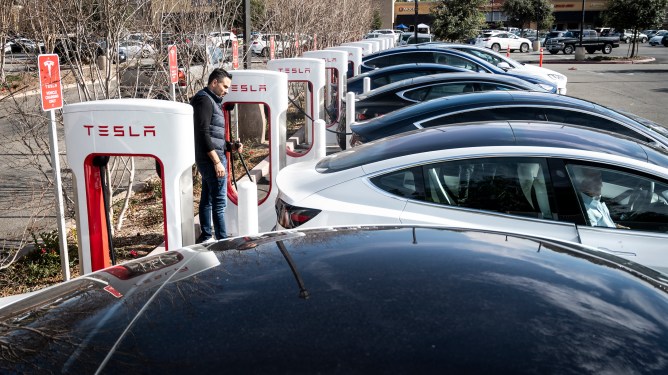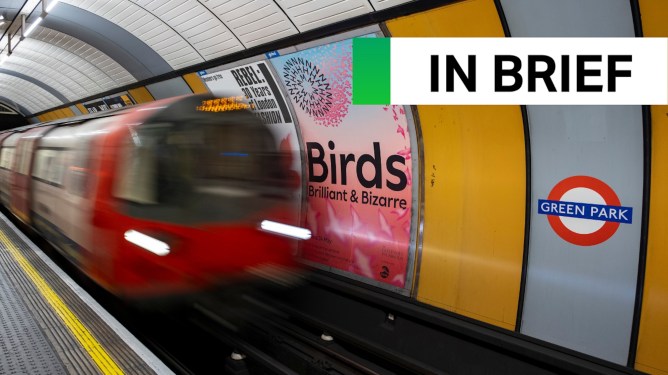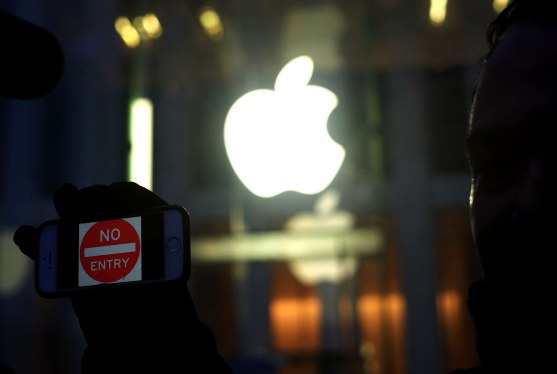A New Era for Electric Vehicle Charging: Understanding Tesla’s Congestion Fees
As the holiday season approaches, electric vehicle (EV) owners in the United States can expect a new charge to their already convenient charging experience. Tesla has introduced congestion fees at some of its Supercharger stations across the country, joining other companies in the EV industry that have implemented similar measures to manage demand and ensure a smooth user experience.
What are Congestion Fees?
Tesla will now charge drivers an additional $1 per minute for every minute they spend charging beyond 90% capacity. However, this fee will only be applied when the Supercharger station is busy. The exact threshold at which congestion fees kick in remains unclear, but Tesla has stated that it will replace its existing "idle fees" at some stations.
Idle Fees: A Thing of the Past
Tesla’s previous idle fee policy imposed a $1 per minute charge on drivers once half of a station’s available chargers were occupied, after vehicles were fully charged. The company claimed this was done to increase customer happiness and that it aimed to make no profit from these fees. However, the language has changed, and the focus is now squarely on congestion management.
Why Introduce Congestion Fees?
Tesla’s expansion plans are likely a significant factor in the introduction of congestion fees. With an influx of EVs from other manufacturers expected at its Supercharger stations, courtesy of its decision to open them up to non-Tesla owners as part of its federal fund eligibility, Tesla needs to find ways to manage demand and prevent overcrowding.
Free Charging No Longer Exempt
Those who enjoy free charging with their Tesla account are not immune to these new fees. All drivers will be charged the congestion fee when a station is busy, regardless of whether they have a Tesla or not.
Why 90% Capacity?
Tesla’s choice of 90% capacity as the threshold for congestion fees may seem arbitrary at first glance. However, it has a practical explanation. Chargers tend to slow down around this level to prevent overheating and ensure safe charging. This is also true for smartphones and other devices that draw power from these chargers.
What Does This Mean for EV Owners?
While the introduction of congestion fees may come as a surprise to some, they are not an entirely new concept in the world of electric vehicles. Other companies have implemented similar measures to manage demand and ensure a smooth user experience. However, Tesla’s expansion plans and decision to open its Supercharger stations to non-Tesla owners will undoubtedly bring changes to how EV owners charge their vehicles.
The Impact on the Industry
As more EVs flood onto roads across the United States, congestion fees are becoming an increasingly common feature at charging stations. This development highlights the need for innovative solutions to manage demand and ensure that EV owners can continue to enjoy seamless charging experiences.
Tesla’s Expansion Plans: What’s Behind It?
Tesla’s expansion plans involve opening its Supercharger stations to EVs from other manufacturers as part of a broader strategy to tap into federal funds through the Inflation Reduction Act. This move aims to help the company manage demand and prevent overcrowding at its stations.
Conclusion
As Tesla’s congestion fees become the new norm, EV owners must adapt to these changes to ensure they can continue to enjoy convenient and seamless charging experiences. With more companies implementing similar measures, it is clear that managing demand and preventing overcrowding will be essential in the future of electric vehicle charging.
What Do You Think About Congestion Fees? Share Your Thoughts Below!
The introduction of congestion fees at Tesla’s Supercharger stations marks a significant shift in how EV owners charge their vehicles. As the industry continues to evolve, it will be interesting to see how companies adapt and innovate to meet growing demand.
Sources:



